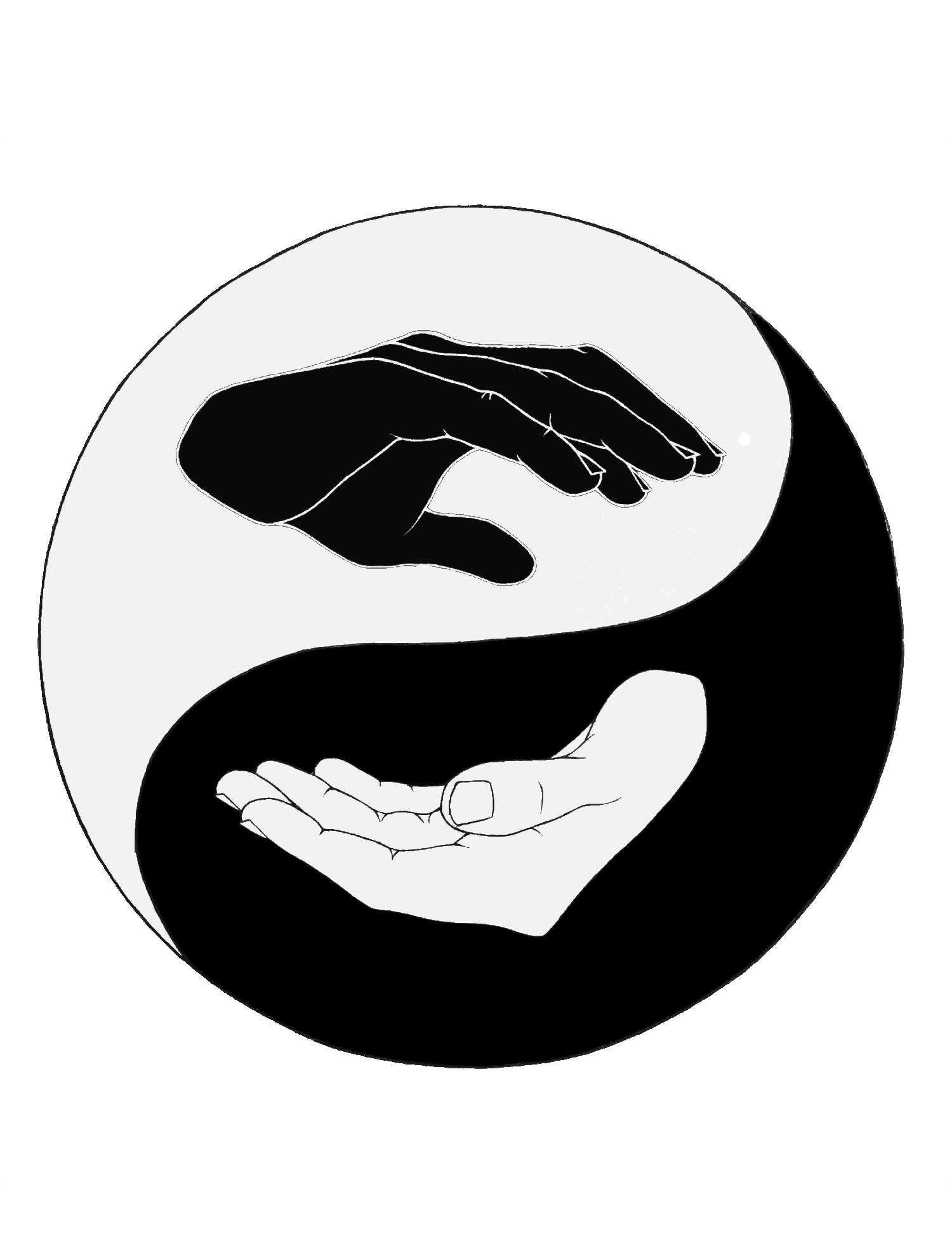Stretches No One Talks About When Dealing With Low Back Pain
The Deep Front Line
Bodies are intricately connected systems of muscles, tendons, ligaments, and bones. Once thing out of place or over-strengthened and the whole model is thrown off. In the case of low back pain, the issue is usually not just where the pain is.
The deepest muscle of the lower back is called the Quadratus Lumborum, QL for short, and it’s “antagonist” - the muscle that does the opposite motion - is the Psoas, which is the deepest muscle in the front of the abdomen. These muscles both attach to the spine and are codependent - when the QL is in use, the Psoas must be relaxed and visa versa. On the same vein, when there is pain in the QL area (lower back), the Psoas must be looked at as well.
Pain in the low back is associated with the curve of the spine, or “lordosis”. A small degree of lordosis is healthy and gives the spine extra shock absorption, so it’s good to have a little curve. Too much or too little is when there becomes a problem. As a practitioner, I look at the curvature and balance of the QL and Psoas to determine what the best treatment will be.
The Psoas is part of a meridian of muscles and tendons that spans from the front of the lower spine to the front of the upper leg and knee. This includes the Quadraceps.
A stretch to address the Psoas is the standing runners lunge/kneeling runner’s lunge and a stretch for the Quadraceps is standing quad stretch (as pictured above). This article is not meant to diagnose or treat low back pain. Please consult a qualified health professional or contact the office for treatment.


